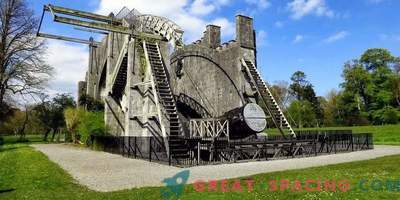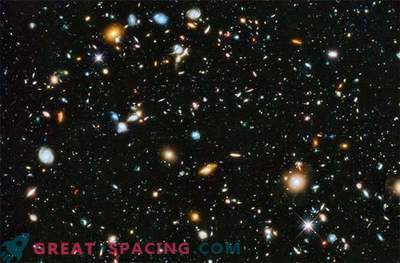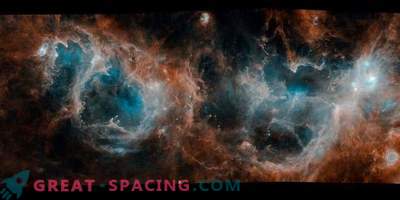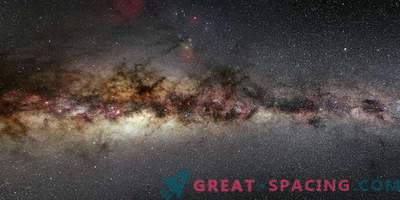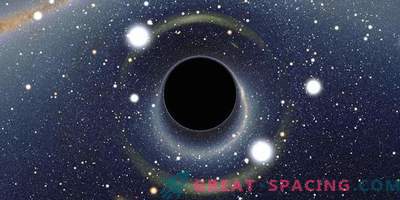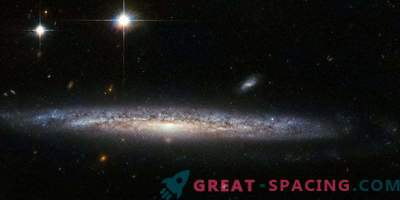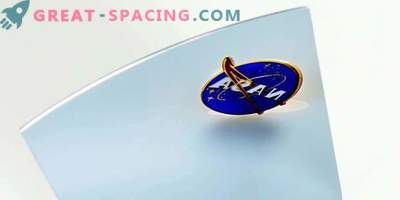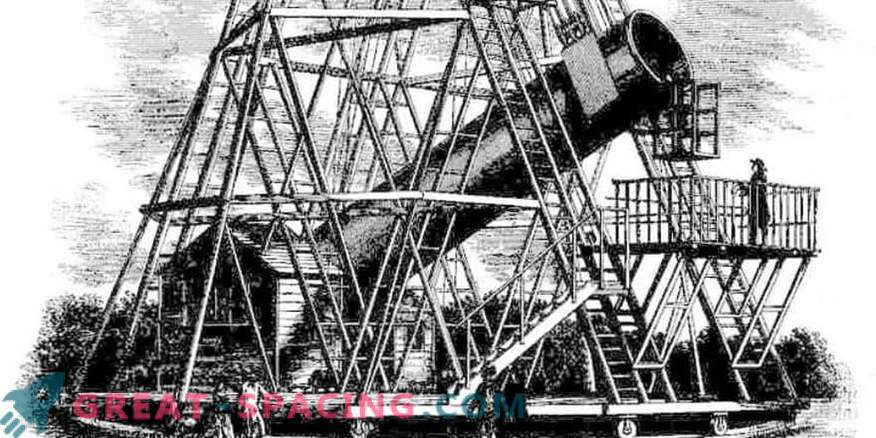
William Herschel was a famous astronomer who, together with his sister, and later his son, made a significant contribution to the exploration of space. And he helped him in this own telescope, invented independently.
William Herschel

It is interesting that before us initially there is not an astronomer, but a musician. Herschel began his career as a music teacher. Later he will give concerts with his sister Caroline, and even write 24 symphonies.
However, his interests always affected mathematics, optics, and then astronomy. While they lived with their sister, they did not have enough money to purchase powerful equipment. He had to learn how to handle mirrors and create telescopes. He learned so well that he even opened a store and began selling them.
In parallel, Herschel watched the sky. His success and interest noticed another amateur astronomer George III (King of Great Britain). He appointed William a royal astronomer and began to pay salaries. To improve visibility, Herschel decided to create a large telescope. As a result, together with her sister, they constructed the largest telescope at that time.
Herschel Telescope
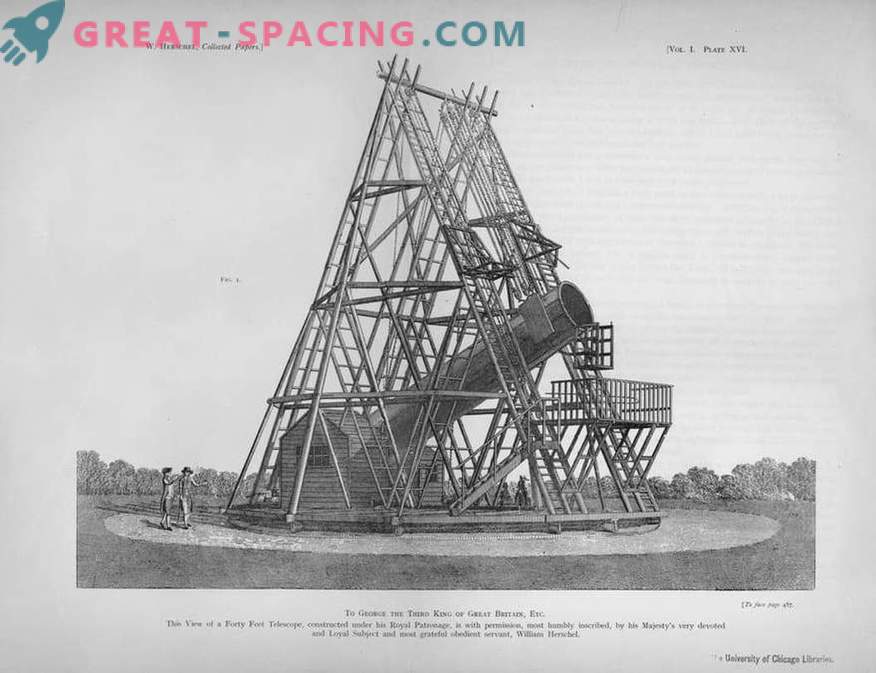
William Herschel built a 40-foot telescope under the patronage of King George III. In the end, together with Caroline (sister) realized that the 20-foot will bring more benefits in some studies. Figure obtained from the scientific works of Herschel, published in London in 1912 by the Royal Astronomical Society. Work on the creation of the telescope was carried out since 1782, but the final version appeared before the brother and sister only in 1789. It was a 12-meter instrument (also called a 40-foot telescope) of the reflective type. Located in the observatory of the city of Slough, near London (England).
The record for the telescopic size lasted as much as 50 years! He was dismantled in 1839, but he managed to keep the original mirror and the 3-meter section of the pipe. All parts were ordered in Windsor, and George III paid for the construction itself, singling out Herschel for expenses of £ 4,000.
The 12-meter pipe was made of iron and then mounted on a fully rotating alt-azimuth mount. Interestingly, while the telescope was lying on the ground, the king and the archbishop of Canterbury arrived at the scene. Legend has it that together they went inside the pipe, and the king said: “And I will show you the way to heaven!”.
Problems arose in the manufacture of mirrors, because the first turned out to be 0.9 inches thinner in the center than at the edges. I had to grind the surface for a long time, but with this I overdid it and Herschel realized that the mirror had become too “thin”. Then they spent another few years creating a new mirror (both were considered the largest mirrors in the world until 1845).
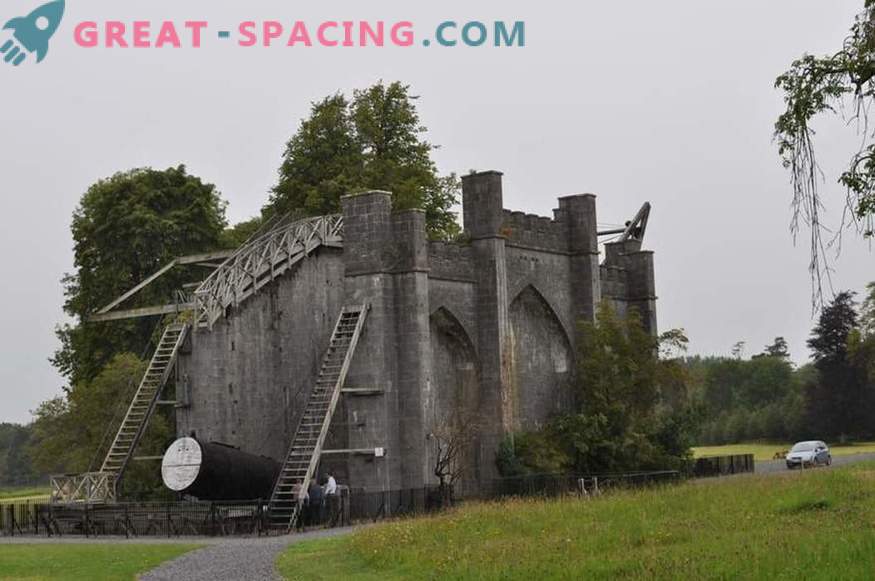
Lord Ross's telescope. A black pipe with a white lid rises and falls between two stone walls, and not a wooden frame used by Herschel. The telescope was powered by a winch located behind it. The observer was on the platform at the top of the telescope, like the 48-inch Herschel model. Since the pictures were better, Lord Ross was able to detect spiral arms in galaxies. At that time, no one could explain this discovery. The astronomer decided to exclude from the final design a diagonal mirror of a standard Newtonian reflector. Instead, he tilted the main mirror so that the formed image could be seen standing on the cage for observation directly in front of the telescope. This was an important addition, because the first option could affect the reduction of the incoming light.
The first observations were made on February 19, 1787 in the Orion Nebula. The huge telescope quickly became a local landmark. The guests who came to the king must have dropped in on Herschel to admire the construction.
However, the bulkiness still had negative consequences. Often there were problems with mirrors. The weather was a serious obstacle, because it was impossible to move the 12-meter pipe to a more suitable place. It turned out that smaller telescopes coped with the review of celestial objects no worse. Therefore, it was used until 1815, in 1839, John Herschel (son) disassembled the structure.
Postscript
However, the Herschel telescope still served science. Back in 1781, an astronomer managed to find Uranus, but Enceladus and Mimas (Saturn's satellites) appeared in a review of a new telescope. In addition, it was possible to describe the star Sirius. And the record in scale allowed the device to be remembered in history.
